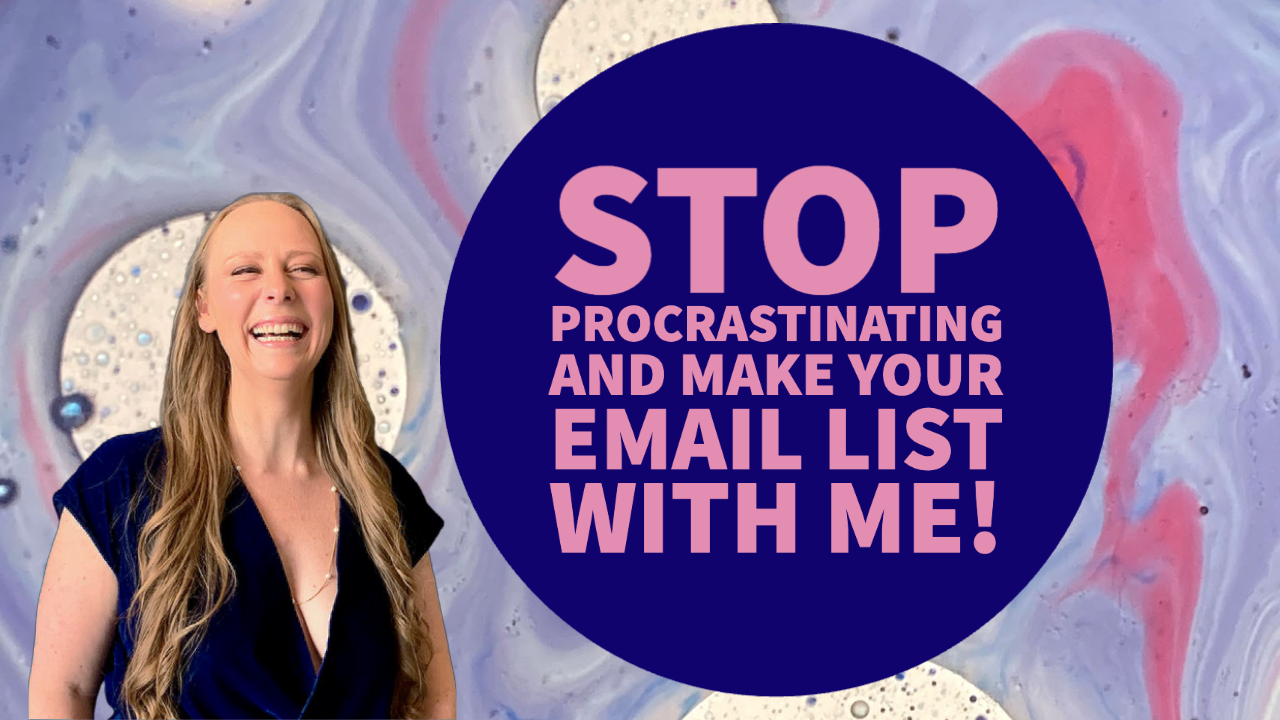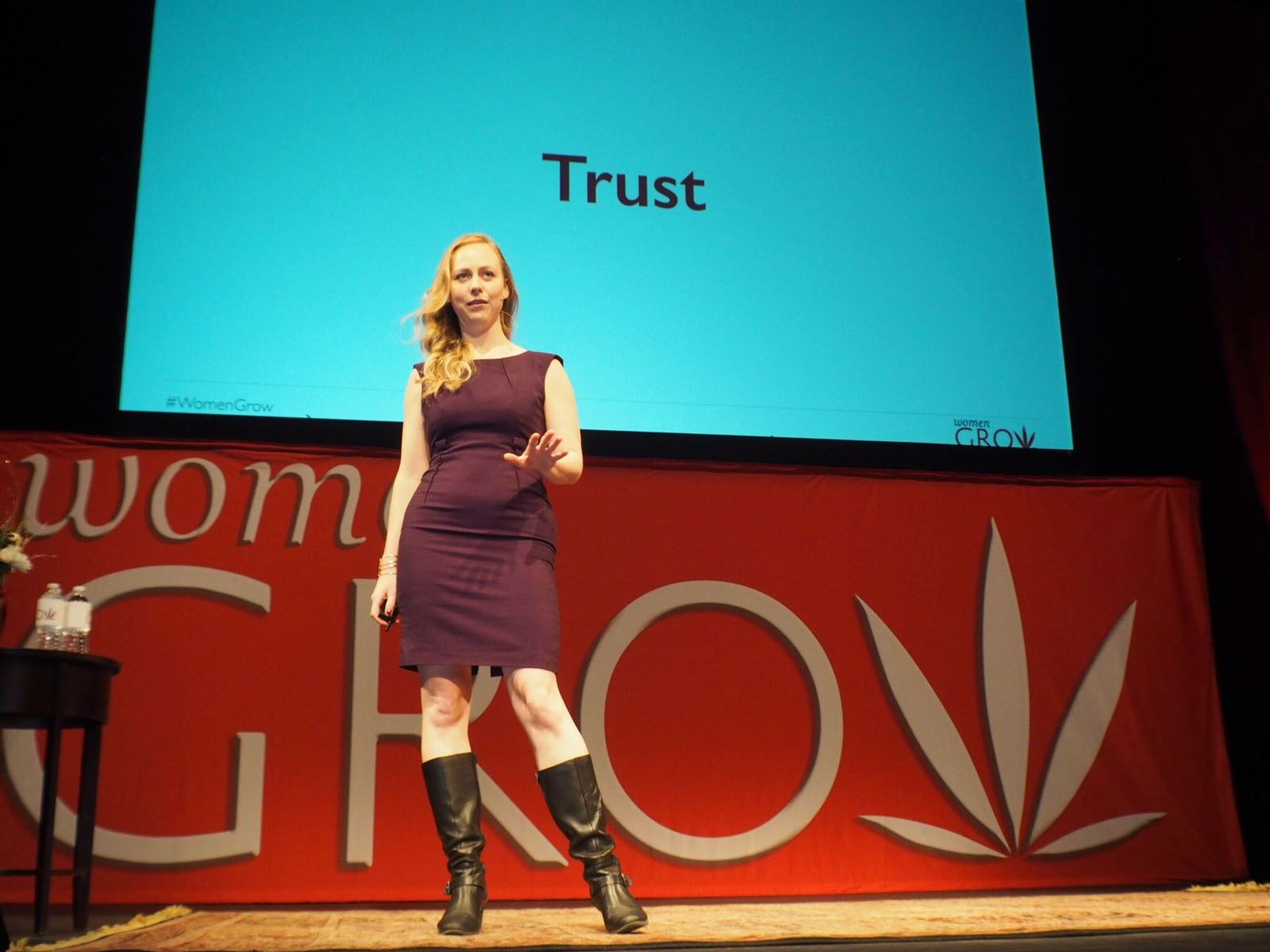
How to Start Your Email Marketing List from 0 with Free Tools

Where To Start Optimization Testing On Your Website
If you're just getting started with web optimization testing or have limited testing resources (hey that's like everybody), which pages you test is the most critical decision you have to make.

What I Learned Turning Off and Tuning In
See how I learned how to be in a museum, how to Burn in Spain, new psychedelic treatments, the final Summit at Sea, winning licenses, and at the very bottom, everything else I'm up to this year.

Get Free Press For Your Startup With Original Data

5 New Years Resolutions for Entrepreneurs

Building Your Email List with Gmail + MailChimp + Zapier in 2 Clicks

7 Reasons You Should Focus on Women in Your Advertising & Your Business
Gallop's keynote is required watching for men & women – she teaches us how businesses are missing out on innovative ideas & profits by staying male-centric.

How You Can Create a Cannabis Industry We Can All Be Proud Of

2014's Hot Homepage Design Trend: Mega Images
You know those giant brand images filling up new home pages? Looks great but does it work?

Your Company's Facebook Posts Will Soon Be A Waste Of Time
The day when your Facebook organic posts will reach virtually no one is coming fast.

Personalizing B2B Sales Relationships at Scale
Marketers think in terms of campaigns and touch points, whereas traditional sales people think about one-to-one sales calls. Tawheed Kadar has solved for these conflicts by making each sales person a mini marketing organization with his 5x5 Method.

B2B Technology Sales Without a Sales Force
John Marcus runs a software company with a sales force of just himself–but he doesn’t touch 90% of the deals.

Changing Behavior With Persuasive Technology
Design with the intent to change someone's behavior or attitude is a skill every startup and non-profit needs to master to get better results from their customers and communities.
6 Ways You Haven't Used Social Media To Improve Your Blog

Increasing Page Views & User Retention on Your Wordpress Blog in 3 Minutes

Why Don't More Women Go Big With Their Own Business?

What You Need To Know About The Future of the Web

New Trend: Video Holiday Cards - Bergdorf Goodman Goes to the Dogs
